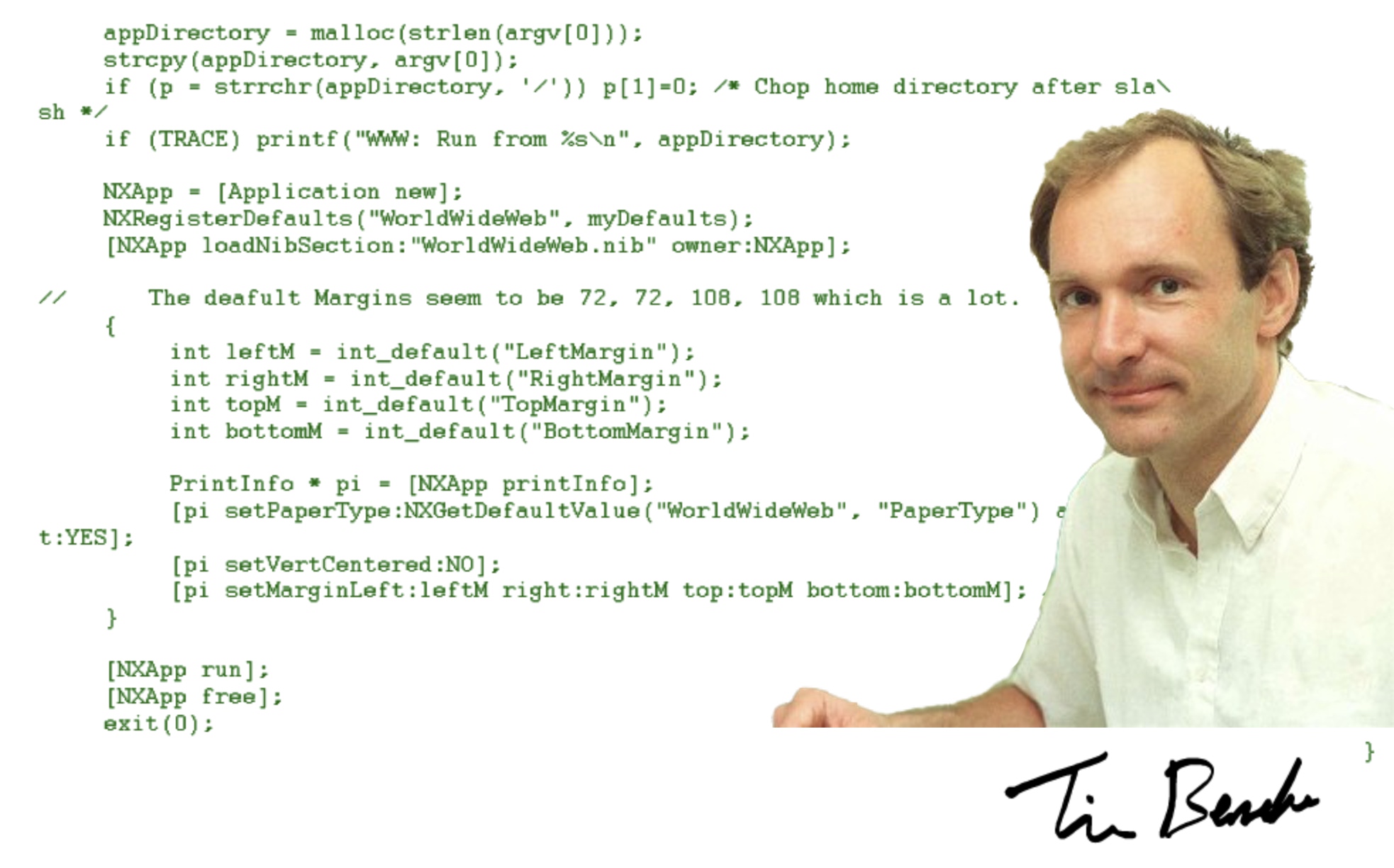Announcing Bubble Blog, a Web 2.0 Memoir and History
 Bubble Blog: From Outsider to Insider in Silicon Valley’s Web 2.0 Revolution
Bubble Blog: From Outsider to Insider in Silicon Valley’s Web 2.0 Revolution
I’m excited to launch a web history project I’ve been working on for over a year now: a memoir called “Bubble Blog: From Outsider to Insider in Silicon Valley’s Web 2.0 Revolution”. I think fans of Web Development History will enjoy my new book, as it provides an inside look at how the web evolved in the first decade of the 2000s. If this interests you, the book is being serialized in my Substack newsletter, Cybercultural. You can subscribe for free to read the entire book.
Read More Announcing Bubble Blog, a Web 2.0 Memoir and History








